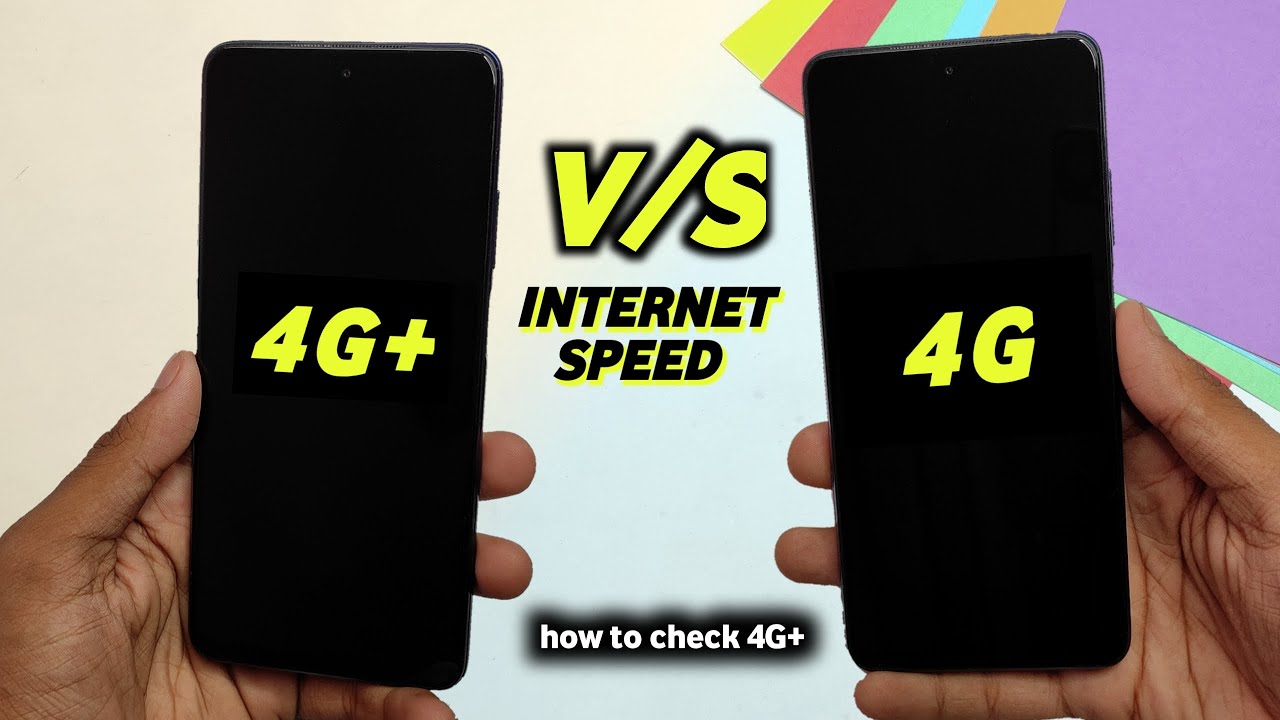How does the OS protect privacy from invading mobile Apps?
Welcome to Blackview (Well-known brand of rugged phone and tablet) blog. Hope this post helps.
In an era where mobile apps play a vital role in our daily lives, concerns about data privacy and app permissions have become increasingly significant. Operating systems (OS) are designed to serve as a gatekeeper, ensuring apps do not overstep their bounds and infringe on user privacy. Using HarmonyOS as an example, this article delves into the mechanisms operating systems employ to safeguard user data, with comparisons to other major systems like Android and iOS.

1. Permission Management: The Foundation of Privacy Protection
One of the most fundamental ways operating systems protect privacy is through robust permission management systems.
HarmonyOS
HarmonyOS provides granular control over app permissions. Users can:
Review Permission Usage: The system highlights which permissions apps have accessed recently, such as location, microphone, or camera.
Dynamic Permissions: HarmonyOS requires apps to request permissions dynamically, meaning permissions are only granted when necessary for a specific feature.
Auto-Revocation: If an app hasn't been used for a set period, HarmonyOS automatically revokes previously granted permissions to reduce privacy risks.
Android and iOS
Both Android and iOS implement similar permission systems:
Android introduced Scoped Storage to limit app access to files outside their designated directories.
iOS features a Privacy Dashboard showing recent data access by apps.
2. Isolation Through Sandboxing
Operating systems use sandboxing to isolate apps, ensuring that one app cannot access another app's data or sensitive system resources without explicit permission.
HarmonyOS
HarmonyOS employs a microkernel architecture, which enhances sandboxing:
Microkernel Design: Only essential services run in the kernel, reducing the attack surface for malicious apps.
Decoupled Services: Apps run in isolated environments, preventing unauthorized access to sensitive system functions.
Other Systems
Android also uses sandboxing to isolate apps but relies on a monolithic kernel, which, while robust, is more prone to vulnerabilities if the kernel is compromised.
iOS's Secure Enclave provides hardware-based isolation for sensitive data like biometric authentication.
3. Enhanced Privacy Settings
HarmonyOS and other systems have introduced advanced privacy settings to give users more control over their data.
HarmonyOS
PrivateSpace: HarmonyOS allows users to create a separate, encrypted environment for sensitive apps and data.
Mock Location: Users can set a mock location to protect their actual location from being accessed by apps unnecessarily.
Android
Android offers features like One-Time Permissions, where apps can access resources like the camera or location only for the duration of their active use.
iOS
iOS excels in app tracking transparency with its App Tracking Transparency (ATT) feature, requiring apps to ask for permission before tracking users across apps and websites.
- See also: Can you root Android 14?
4. Data Minimization and Access Logs
Limiting the amount of data apps can access and providing transparency about data usage is another cornerstone of OS-level privacy protection.
HarmonyOS
Minimal Data Access: HarmonyOS emphasizes providing apps with only the minimum data required for functionality. For instance, it may offer approximate locations instead of precise ones.
Access Notifications: HarmonyOS actively notifies users when sensitive data like the microphone or camera is being accessed.
Android and iOS
Both platforms notify users of data access, with iOS providing small indicator dots for active camera or microphone use, and Android showing access logs in its Privacy Dashboard.
5. App Store and Ecosystem Security
App ecosystems are a significant part of OS-level privacy protection. By regulating app submissions and monitoring existing apps, operating systems ensure that apps adhere to privacy standards.
HarmonyOS
HarmonyOS's AppGallery has stringent app review processes to detect and remove apps with invasive permissions or malware.
Android and iOS
Android's Google Play Protect scans apps for malicious behavior, although sideloading apps remains a potential risk.
iOS's App Store enforces strict guidelines for app developers, significantly reducing the likelihood of privacy-invading apps.
Conclusion
Operating systems play a critical role in protecting user privacy from invasive apps, leveraging advanced permission systems, app isolation, privacy settings, and ecosystem security. HarmonyOS, with its microkernel architecture and privacy-focused features, provides a robust example of these protections. While Android and iOS share similar mechanisms, HarmonyOS stands out for its innovative approaches, such as PrivateSpace and Mock Location.
As users increasingly rely on their smartphones for sensitive tasks, the importance of operating systems as the first line of defense against app privacy invasions cannot be overstated. By understanding these mechanisms, users can make informed decisions about the platforms theytrust to safeguard their data.







